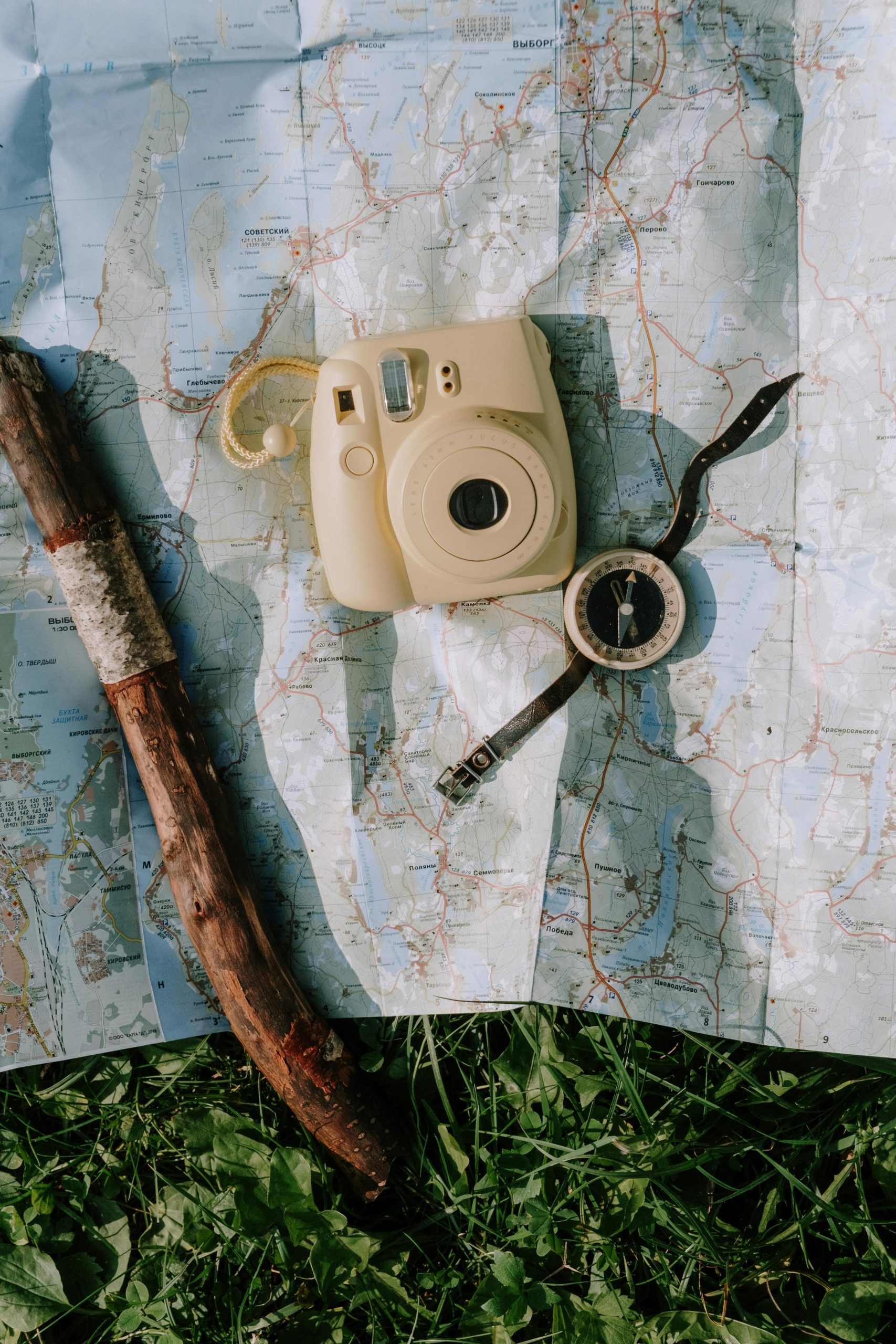Planning a camping trip is an exciting way to reconnect with nature, but choosing the right gear can make or break your adventure. Whether you’re a seasoned outdoors enthusiast or a first-time camper, having the right equipment ensures comfort, safety, and enjoyment. With so many options available, it’s easy to feel overwhelmed. This guide will walk you through the essential steps to select the best camping gear for your next outdoor excursion.
1. Determine Your Camping Style and Needs
Before diving into gear selection, it’s crucial to understand your camping style. Different trips require different equipment, so ask yourself these questions:
- Where are you camping? A backcountry trek demands lightweight gear, while car camping allows for bulkier, more comfortable items.
- What’s the weather like? Cold, rainy, or hot climates will influence your clothing, shelter, and sleeping gear choices.
- How long is your trip? A weekend getaway requires less gear than a week-long expedition.
- Are you camping solo or with others? Group trips may mean sharing equipment like tents and stoves.
Understanding these factors will help you narrow down your options and avoid unnecessary purchases.
2. Essential Camping Gear Checklist
Every camper needs a few basics to stay safe and comfortable. Here’s a breakdown of the must-have items:
Shelter and Sleeping Gear
- Tent: Choose one that fits your group size and weather conditions. Look for waterproof materials and sturdy poles.
- Sleeping Bag: Check the temperature rating to match your destination. Down bags are lightweight but synthetic ones perform better when wet.
- Sleeping Pad: Provides insulation and cushioning. Inflatable pads are comfy, while foam pads are durable and lightweight.
Cooking Equipment
- Camp Stove: Portable stoves are great for backcountry trips, while larger propane stoves suit car camping.
- Cookware: Lightweight pots and pans for backpacking or a full set for car camping.
- Utensils: Don’t forget a spork, knife, and reusable plates or bowls.
Clothing and Footwear
- Layering System: Moisture-wicking base layers, insulating mid-layers, and waterproof outer layers.
- Hiking Boots or Shoes: Choose based on terrain—ankle support for rough trails, lightweight shoes for easy paths.
- Rain Gear: A waterproof jacket and pants are essential for wet climates.
3. Prioritize Quality and Durability
Investing in high-quality gear pays off in the long run. Here’s how to spot durable equipment:
- Materials: Look for ripstop nylon for tents, high-denier fabrics for backpacks, and stainless steel for cookware.
- Brand Reputation: Research trusted brands with good warranties and customer reviews.
- Weight vs. Durability: Backpackers need lightweight gear, but don’t sacrifice durability for a few ounces.
While budget-friendly options exist, skimping on critical items like tents or sleeping bags can lead to discomfort or even danger in harsh conditions.
4. Test and Familiarize Yourself with Your Gear
Never head into the wilderness with untested equipment. Follow these steps to ensure everything works as expected:
- Set Up Your Tent: Practice pitching it at home to avoid frustration at the campsite.
- Try Out Your Stove: Cook a meal to ensure it functions properly and you have enough fuel.
- Break In Your Footwear: Wear new boots on shorter hikes to prevent blisters.
- Check Sleeping Gear: Spend a night in your sleeping bag to test its comfort and warmth.
Familiarity with your gear boosts confidence and helps you troubleshoot issues before they arise in the wild.
5. Pack Smart and Stay Organized
Efficient packing ensures you have everything you need without overburdening yourself. Follow these tips:
- Use a Checklist: Create a detailed list to avoid forgetting essentials.
- Pack by Category: Group similar items together—cooking gear, clothing, first aid—for easy access.
- Distribute Weight: For backpacking, place heavier items close to your back and near the middle of your pack.
- Leave No Trace: Bring reusable or biodegradable items to minimize environmental impact.
Organization saves time and stress, letting you focus on enjoying your adventure.
Conclusion
Choosing the right camping gear doesn’t have to be daunting. By assessing your needs, investing in quality essentials, and testing your equipment beforehand, you’ll be well-prepared for a memorable outdoor experience. Whether you’re hiking deep into the wilderness or setting up camp near your car, the right gear ensures comfort, safety, and fun. Now that you’re equipped with these tips, it’s time to start planning your next adventure—happy camping!
